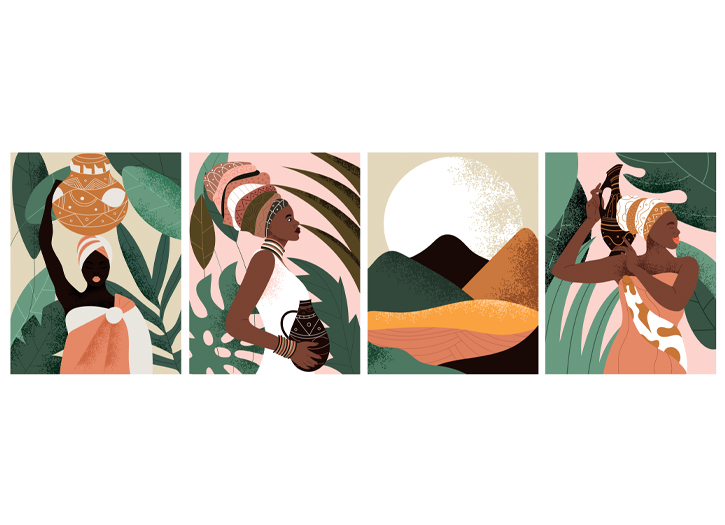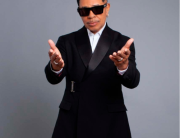The Culture of Africa is varied and manifold, consisting of a mixture of countries with various tribes that each have their own unique characteristic from the continent of Africa. Africa has numerous ethnic nationalities all with varying qualities such as language, dishes, greetings, and dances.
Expressions of culture are abundant within Africa, with large amounts of cultural diversity being found not only across different countries but also within single countries. Africa has influenced and been influenced by other continents. This can be portrayed in the willingness to adapt to the ever-changing modern world rather than staying rooted in their static culture. The Westernized few, persuaded by American culture and Christianity, first denied African traditional culture, but with the increase of African nationalism, a cultural recovery occurred. The governments of most African nations encourage national dance and music groups, museums, and to a lower degree, artists and writers.
Africa is divided into a great number of ethnic cultures. The continent’s cultural regeneration has also been an integral aspect of post-independence nation-building on the continent, with a recognition of the need to harness the cultural resources of Africa to enrich the process of education, requiring the creation of an enabling environment in several ways. In recent times, the call for a much greater emphasis on the cultural dimension in all aspects of development has become increasingly vocal.
Africa has a rich tradition of arts and crafts. African arts and crafts find expression in a variety of woodcarvings, brass and leather artworks. African arts and crafts also include sculpture, paintings, pottery, ceremonial and religious headgear and dress. Maulana Karenga states that in African art, the object was not as important as the soul force behind the creation of the object. He also states that All art must be revolutionary, and in being revolutionary, it must be collective, committing, and functional.
Certain African cultures have always emphasized personal appearance, and jewelry has remained an important personal accessory. Many pieces of such jewelry are made of cowry shells and similar materials. Similarly, masks are made with elaborate designs and are an important part of some cultures in Africa. Masks are used in various ceremonies depicting ancestors and spirits, mythological characters, and deities.
In many traditional arts and craft traditions in Africa, certain themes significant to those particular cultures recur, including a couple, a woman with a child, a male with a weapon or animal, and an outsider or a stranger. Couples may represent ancestors, community founders, married couples, or twins. The couple theme rarely exhibits the intimacy of men and women. The mother with the child or children reveals the intense desire of the women to have children. The theme is also representative of mother mars and the people as her children. The man with the weapon or animal theme symbolizes honor and power. A stranger may be from some other tribe or someone from a different country.







Add Comment
You must be logged in to post a comment.